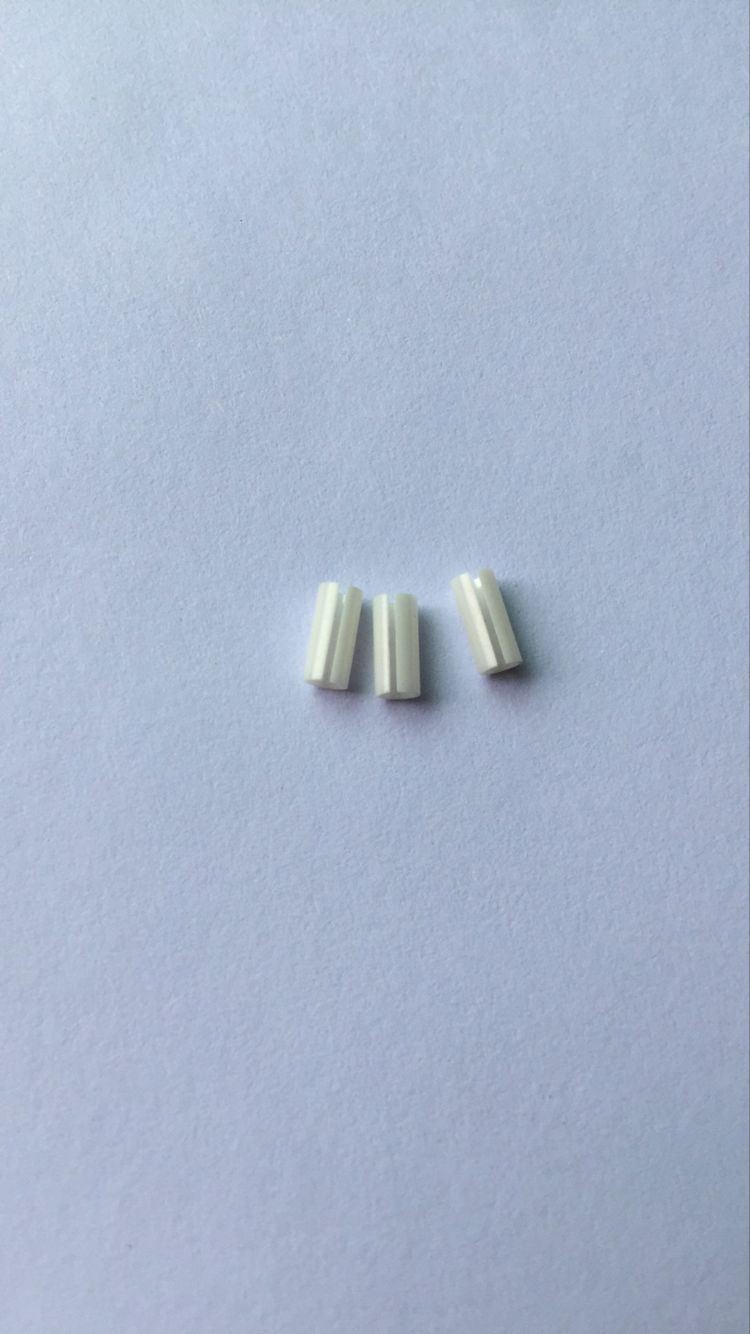Ceramic Ferrules for Fiber Optic Connectors
ceramic ferrule quality is of utmost importance to the performance of fiber optic connectors, ensuring minimal insertion loss, proper fiber alignment, and reduced back reflection.
Polishing of end faces is essential in maintaining quality at this critical contact point, and Ilsintech specializes in manufacturing ceramic ferrules.
Manufacturing Process
ceramic ferrule begins as raw material that must be refined. To begin this process, first grind some yttrium-stabilized nano-zirconia powder into a paste that can be molded in an injection mold; after being sintered at high temperatures it will become solid ceramic material.
Sintering is essential in creating ferrules that meet stringent performance standards like those found in TIA-568A for multimode fiber-optic connectors. It determines their density, strength and dimensions accurately – qualities essential for creating ferrules that meet this demanding standard.
Once a ferrule has been formed, it must undergo additional processes including polishing and inspection. Advanced processing and polishing techniques help ensure precision and surface quality necessary for low signal loss.
Conventional termination practice has long advocated leaving an air gap between fibers to ensure optimal performance. But recent studies have demonstrated that direct physical contact offers superior results; we therefore developed a method for connecting optical fibers using ceramic ferrules.
To achieve optimal polish results, ceramic ferrules must be mounted in precision connector holders that can be adjusted to their ideal position within them. Furthermore, these holders feature four-corner holddowns which evenly distribute firm pressure while minimising vertex offset. These holddowns prevent wiggling or vibrating that could increase vertex error and result in inconsistent finishes.
Materials
Material selection for ceramic ferrules used with fiber optic connectors should be an integral component of their selection process. High-grade material must provide low optical loss and maximum mechanical strength, as well as precise production to guarantee precise fitment with the connector and proper alignment.
Current ceramic ferrules are typically composed of either alumina or zirconia, with the former typically having higher hardness, wear resistance and KIC fracture toughness than its zirconia counterpart; however, its lower KIC fracture toughness makes it more vulnerable to damage, hence why alumina ferrules are used more commonly when mechanical strength is paramount.
But the present invention offers an alternative to both of these materials by employing ceria-zirconia as its primary ceramic component. Ceria and zirconia are combined at approximately 12-21 percent by weight in this present invention; any remaining portions consist of yttria-zirconia for balance. The resultant ceramic boasts superior physical properties while boasting significantly decreased thermal expansion coefficient.
Ceria-zirconia ferrules are relatively softer than their alumina counterparts and have lower Vicker’s hardness measurements, allowing for easier polishing to ensure proper mating between optical fiber and ferrule. This feature is especially important in singlemode terminations where any mismatch may lead to substantial losses of light transmission.
Characteristics
Ceramic ferrules offer superior mechanical stability and thermal resistance, wear-resistance, high dimensional precision and can withstand harsh environmental conditions. Ceramic ferrules are commonly found in single mode and multi mode fiber optic connectors while metal ones may be more appropriate in certain specialized applications where precision may not be as crucial.
When selecting the appropriate ceramic ferrule, it’s essential that the hole or bore (inner diameter) matches up perfectly with optical fiber being used. To meet these stringent tolerances and precise machining processes, ceramic injection molding offers an effective solution. Granulated zirconia nanopowder material is then injected into special molds before being sintered at high temperature before going through precision grinding processes for rigidity and high processing accuracy resulting in an ideal ceramic ferrule product.
Precision allows ceramic ferrules to accurately align with optical fiber, minimizing back reflection and signal loss in communication systems, for maximum performance and quality. Plastic and steel ferrules may be available as alternatives in certain fiber optic connectors; however, their lack of precision makes them impractical solutions.
Applications
Ceramic ferrules have become an indispensable component in expanding high-speed internet and high-capacity communications networks. Their precise tolerances and performance play an invaluable role in providing us with access to data we rely on every day.
Ceramic ferrules require precision in terms of hole size, concentricity and outer diameter cylindricity to perform as intended in optical connectors and attenuators; their quality must therefore ensure data and light travel freely as intended.
T&S’s predecessor HNK pioneered ceramic injection molding technology and amassed significant experience before T&S acquired them. Injection molding is more cost-effective than extrusion molding as it eliminates the need to drill pieces to size thereby saving labor and material costs.
Ilsintech conducts an intensive polishing procedure with various inspection tools in order to ensure the end faces of ceramic ferrules are aligned perfectly, which prevents contaminants such as dust, lint and water from entering optical fibers. Furthermore, proper cleaning methods and supplies (lint-free wipes and specialty cleaners) must also be utilized so as to keep surfaces of ferrules free from defects and contamination.
